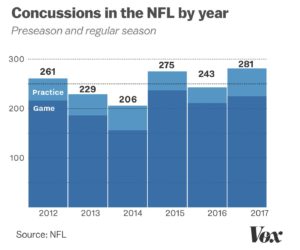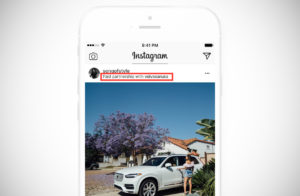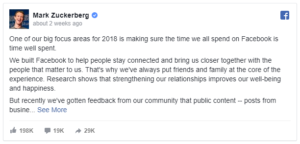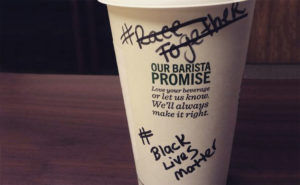A recent article in Forbes titled 5 Steps To Take Before Starting An Influencer Marketing Campaign On Social Media highlights the benefits as well as cautions and advises brands on utilizing influencer marketing it their campaigns. “Influencer marketing can give your content a huge boost, and you can’t afford to ignore it,” says Andrey Slivka of Forbes. The article summarizes advice from Forbes’ social media editor Natasha Lewka with tips for including influencers as finding influencers with the greatest leverage on whichever platform (or platforms) your targeted audience is found. Then you target the right influencers, which don’t have to be huge celebrities to be successful, but can be “micro-influencers” defined by the article as someone with between 10,000 and 100,000 followers.
There are innumerable “micro-influencers” as well as many larger-reached influencers within the fitness industry. These fitspo models do everything from preach body positivity, share weight-loss and weightlifting transformations and more. Additionally, they align with specific workout programs and workout related brands, from active-wear companies to supplement companies and crossover brands. This industry has really seemed to capitalize on this area of marketing. Take U.K. based company Gym Shark for instance. They have an international roster of Gym Shark athletes who rep their clothing, attend conference meet ups and events, pop-up shops and other publicity efforts that have helped not only fuel the brand, but in turn, fuel the celebrity status of the influencers. It seems to be a win-win situation. As a result, many followers look to these influencers, most of which are not certified personal trainers, as being experts on fitness. And while there’s no denying they have mastered their own fitness and no doubt learned a lot about exercise and nutrition, they have to be careful to stipulate they are not experts with the information of certified personal trainers and nutritionists. And though many do become certified and make money offering their own personal training, many simply make their own work out guides and even products and sell them to followers. Sometimes there is flack for content these influencers create when talking about correct form for exercise or when they don’t talk about it. There is risk for someone to follow what they say to do and get hurt. Should these influencers be held more accountable for their health-related advice and influence? And what does that mean for the responsibility of the brands like Gym Shark to ensure the influencers they collaborate with are not ill-prepared to have followers immolate their fitness routines? Beyond that, what sort of protections should be in place for these brands AND these influencers. It seems only a matter of time before lawsuits increase.
References:
Slivka, A. (2018). 5 Steps to take before starting an influencer marketing campaign on social media. Forbes. Retrieved from https://www.forbes.com/sites/forbescontentmarketing/2018/02/08/5-steps-to-take-before- starting-an-influencer-marketing-campaign-on-social-media/2/#481e04633fac
Sponsorship. Gymshark. http://support.gymshark.com/hc/en-us/articles/207495946-Sponsorship



















